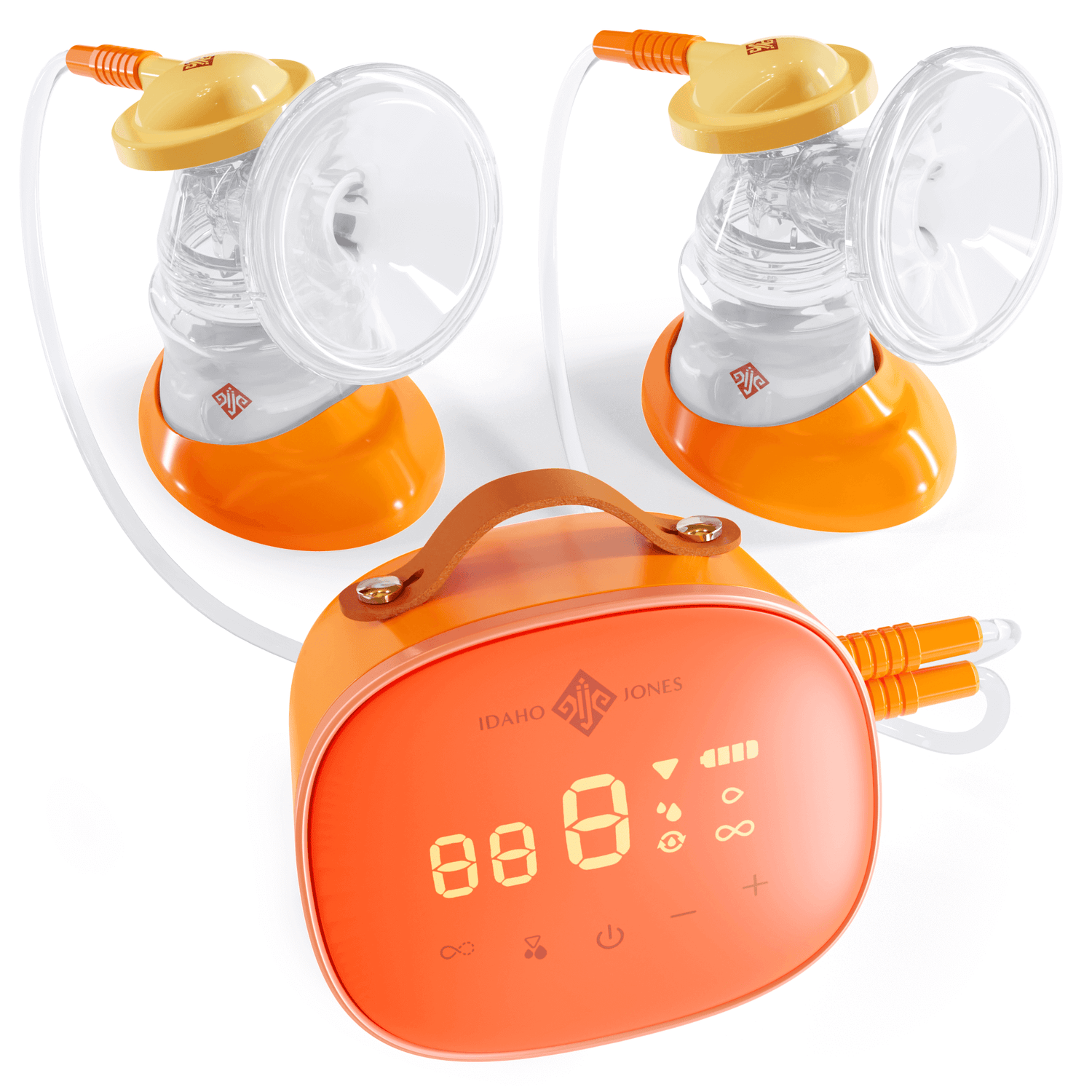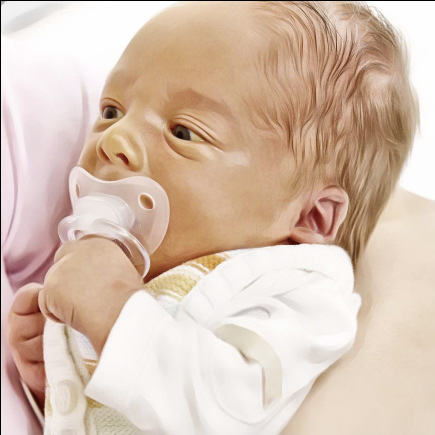Jaundice occurs when the blood has an excess amount of bilirubin, a yellow pigment of red blood cells. This condition can happen in adults, often due to infection or other liver issues. It’s also common in infants, however, and may be something your little one experiences. Jaundice can be scary, and you may hear that “breastfeeding causes jaundice.” Breastfeeding and jaundice are related, but breastfeeding isn’t exactly the cause.
Generally, newborn jaundice happens because the infant’s liver isn’t mature enough to filter and dispose of the bilirubin in the bloodstream. Before birth, your liver filtered your baby’s blood, so it can take their body time to adjust to this new task.
Jaundice is more common in pre-term infants, and most infants born after 35 weeks gestation don’t need treatment. It’s important to keep an eye on jaundice symptoms in newborns because 89999prolonged excessive bilirubin levels can cause brain damage, but generally jaundice in infants subsides with little or no treatment.
Most hospitals will check for jaundice at birth, and pediatricians will also look for symptoms in your baby’s first checkups. Bilirubin levels are checked through the blood, often with a heel prick test for babies.
Symptoms of jaundice include:
- Yellow skin on abdomen, arms or legs
- Yellowed whites of baby’s eyes
- Listless or being difficult to awaken
- Slow weight gain or feeding difficulty
If you notice any of these signs or symptoms, alert your provider (usually your child’s pediatrician) so that they can examine your baby and likely check bilirubin levels.
There are several types of jaundice in infants. Knowing the differences can help you understand what's going on with your child, as well as the doctor’s approach to treatment. The different types of jaundice are:
- Physiological Jaundice
- Pathological Jaundice
- Breast Milk Jaundice
- Hemolytic Jaundice
What Is Physiological Jaundice?
Physiological jaundice is the most common type of jaundice and does not have any serious consequences on its own. If bilirubin levels remain extremely high for an extended period, infants with physiological jaundice may have complications. Physiological jaundice typically appears between 24 hours and day 5 after birth, disappearing by day 10 of life.
What Is Pathological Jaundice?
Pathological jaundice is any type of infant jaundice that falls outside the normal presentation of physiological jaundice. This may include peak levels higher than the expected normal range, the presence of clinical jaundice for more than 2 weeks, or conjugated bilirubin (marked by dark urine staining the clothes).
What Is Breast Milk Jaundice?
Breastfed infants exhibit jaundice differently than formula fed babies. According to an article in the U.S. Library of Medicine: “Jaundice in breastfed babies usually appears between 24–72 h of age, peaks by 5–15 days of life and disappears by the third week of life.” Mild clinical jaundice has been observed in one third of all breastfed babies in the third week of life, and this may last for 2 to 3 months after birth in a small number of infants. Breast milk jaundice can be exacerbated with feeding or supply issues, and often a recommended treatment is that mothers feed more (not less!), 10-12 times in a 24 hour period. Discontinuing breastfeeding is generally not recommended unless bilirubin levels are very high (20 mg/dl).
What is Hemolytic Jaundice?
Hemolytic jaundice has underlying causes, such as Rh hemolytic disease and other blood type incompatibilities between the mother and infant. This type of jaundice is less common.
With a little more information on the types of jaundice, you can see that breastfeeding doesn’t cause jaundice, but that breastfed babies may present differently than formula fed babies. In fact, breastfeeding more frequently is considered a treatment for jaundice. Increased milk volume helps your baby process and dispose of the excess bilirubin so that levels return to normal.
Other treatments for jaundice include:
- Sunlight
- Light therapy (phototherapy)
- Milk supplementation
For mild jaundice, your pediatrician might recommend sitting in a sunny room with your infant as part of treatment. For babies needing more intensive phototherapy, a number of options exist. You may be eligible for out patient, in-home phototherapy, where your doctor will send the blue light device home with you for a short period of time or you may need to use the lights at your pediatrician’s office, the hospital, or NICU (neonatal intensive care unit). Some of the devices are like a bed that your baby lays on and others are more like blankets or sleeping bags so that you can hold your baby while they receive treatment.
Although jaundice can be scary, having more information under your belt can help calm your fears, understand your baby’s body and health, and make any necessary decisions about their care. The good news is that breastfeeding does not cause jaundice, it just effects the way that jaundice may occur. If you notice signs or symptoms of jaundice—or other supply, transfer, or breastfeeding issues—reach out to a lactation consultant and/or physician to support your infant feeding journey and your baby’s immediate and long-term health.



